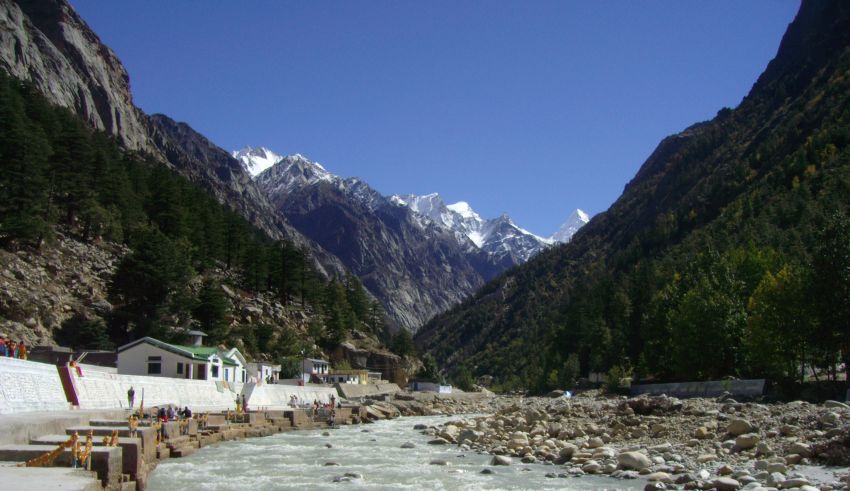
Famously known as the land of Seven Rivers – when we indulge in a brief history of India’s Geography, we are left fascinated by the prolific Indian rivers marking the beautiful terrestrial topography of the nation. While getting to know these rivers, one can account for several incidents that are thought to be a quintessential part of India’s history, explaining religious queries such as Buddha’s choice of Sarnath as the site for his first sermon and historical queries like the Europeans’ mapping and colonization of our country. The brilliance of India lies in the fact that most of its cultural, economic and historical facts can be explained by studying its various ancient cities, rivers, mountains and hills.
Being well endowed with so many rivers, India continues to be thirsting for water; over time India’s rivers have come to play a significant role in the economy and culture of the nation. All these rivers mark certain milestones in the existence of India. Given below are some of the longest and most important rivers of the nation
1. Ganga
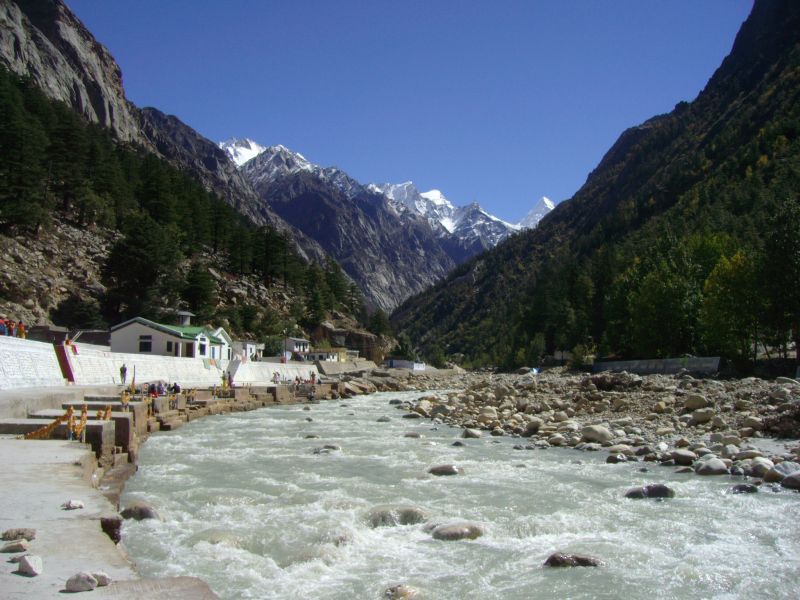
A whopping 2525 km long, The Ganga is one of the trans-boundary rivers of India; originating in the Western Himalayas and opening into the Bay of Bengal- it forms the longest river of the nation.
It forms the Gangetic Plain in Northern India, flowing through the most populous region of the country with its basin supporting millions of people. A large number of cities have been built on the Gangetic Plain. Among the most notable are Saharanpur, Meerut, Agra (the city of the famous Taj Mahal mausoleum), Mathura (esteemed as the birthplace of the Hindu god Krishna), Aligarh, Kanpur, Bareilly, Lucknow, Allahabad, Varanasi (Benares or Kashi; the holy city of the Hindus), Patna, Bhagalpur, Rajshahi, Murshidabad, Kolkata etc.
2. Godavari
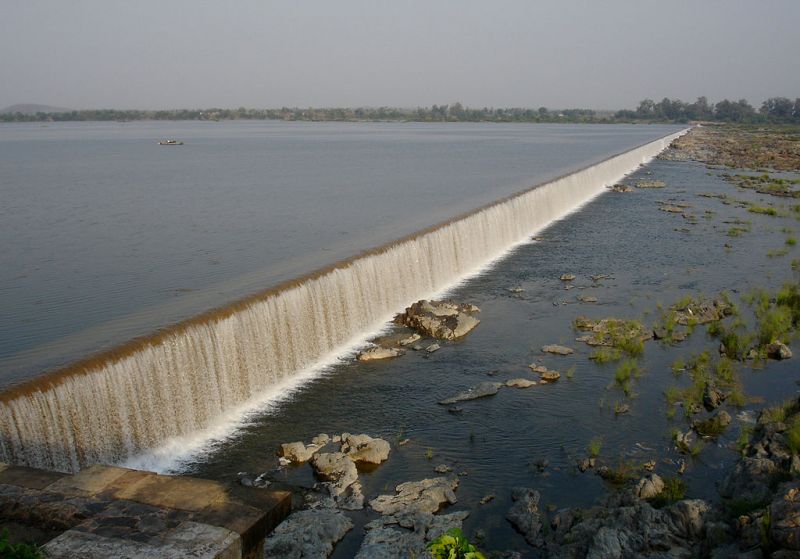
The second largest and third widest river in India, starting from Triambakeshwar in Maharastra, the river flows east for 1465 km, hosting the famous Havelock Bridge and Godavari Arc Bridge. The Godavari is considered the holiest of all rivers in Central and Southeastern Asia, its drainage system lying six highly commercial and important states of India.
The main reason behind the commercial importance of the Godavari river is the tiny Nakavaggu rivulet, which joins the Manjira, a tributary of the Godavari and does not support any lifeforms. The Rivulet is environed by highly productive agricultural land, which is also surrounded by a large number of industries lying near the twin cities of Secunderabad and Hyderabad.
3. Narmada
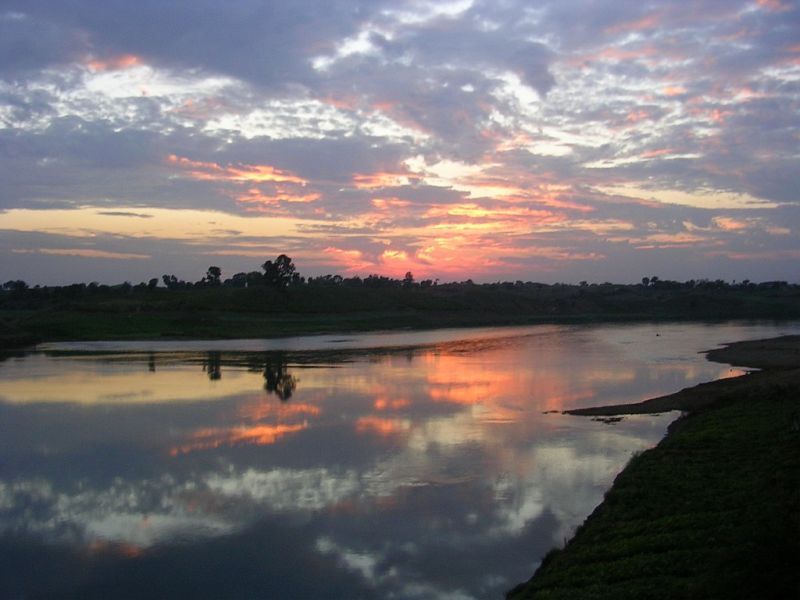
The 1290 km long River Narmada, emerging from central India in the Amarkantak Platea is considered to be one of the holiest among the many sacred rivers in India. It holds a rich, diverse religious significance and geology that have both cultural and great historical significance.
It is interesting to note that Narmada is also known as ‘Life Line of Madhya Pradesh’ as it flows majorly through the state and has made significant contributions to it in many ways. The people in Omkareshwar in Khandwa district of Madhya Pradesh, are very deeply associated with the river and consider it auspicious.
Two temples – Omkareshwar and Mamleshwar, on either sides of the banks of Narmada River in this area stand as major tourist attractions
Also Read: 9 Longest Rivers In The US That Offer A Breathtaking View
4. Krishna
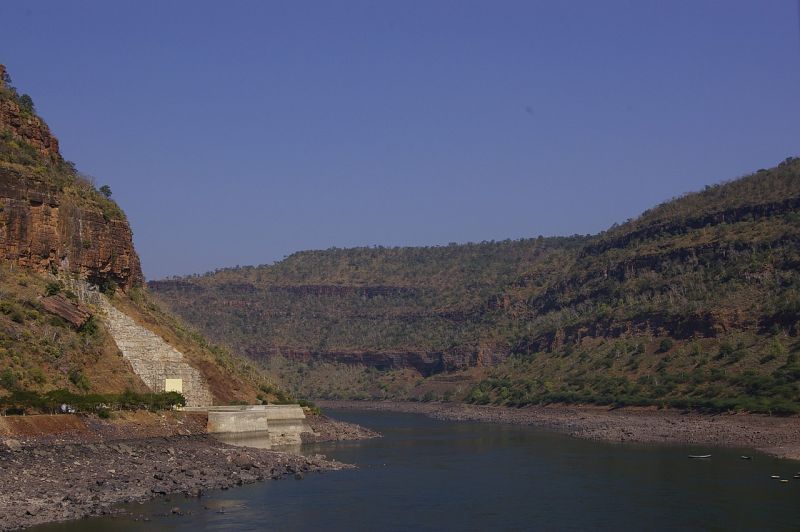
The Krishna River is the fourth-biggest river when it comes to water inflow as well the formation of river basins in India. The river is almost 1,290 km long and is also called Krishnaveni. It is a major source of irrigation for Maharashtra, Karnataka, Telangana and Andhra Pradesh.
Krishna River during its course supports a large array of biodiversity. Especially the borders of the basin lined with Western & Eastern Ghats harbor various native species of plants, trees, birds and wild animals.
Thick forested slopes of the Ghats are a home for Sahyadri Tiger Reserve. It is the first Tiger Reserve of Western Maharashtra and 4th Tiger Reserve of Maharashtra State spreading over two Protected Areas those of the Koyana Sanctuyary and Chandoli National Park.
5. Indus
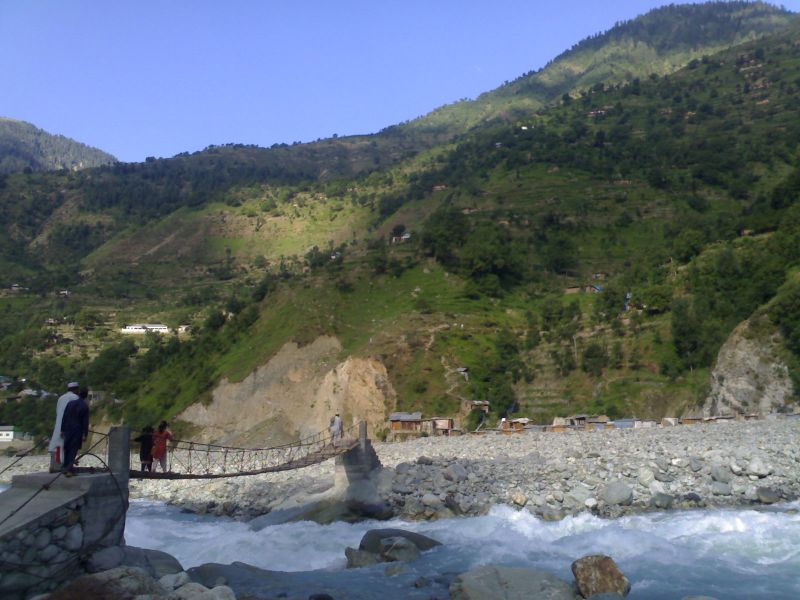
The total length of Indus from origin to its outfall in Arabian Sea is 2,880 km, out of which 1,114 km flows through India. Its principal tributaries in India are the Jhelum, the Chenab, the Ravi, the Beas and the Satluj.
The Indus is considered to be one of the most important suppliers of water resources to the Punjab and Sindh plains – it forms the backbone of agriculture and food production in North Western India.
Agriculture, however, is maintained largely due to irrigation works since the river is suffering from man endowed pollution. The Indus river and its watersheds, however, display splendid biodiversity. It is home to around 25 amphibian species and 147 fish species, 22 of which are only found in the Indus.
6. Brahmaputra
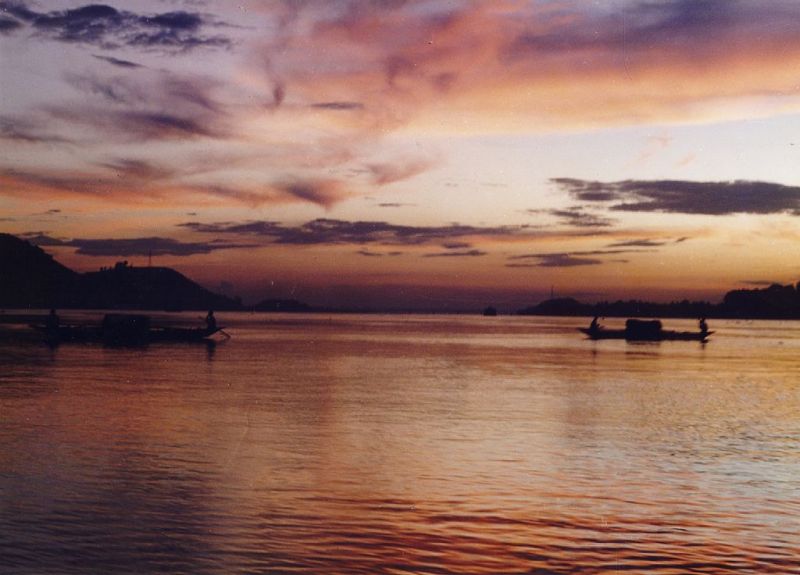
The Brahmaputra River originates in the north from Kailash ranges of the Himalayas at an elevation of 5,150 km just south of the lake called Konggyu Tsho and flows for about a total length of 2,900 km. In India, it flows for 916 km.
At about 2900 kilometers long, the Brahmaputra is an important river for irrigation, hydroelectricity generation and transportation- and is the widest river in all of India.
The river plays an important role in irrigation in China, India, and Bangladesh. The potential for hydroelectricity generation from the river is great, which is vital for developing countries like India, although it has not been completely harnessed at the moment.
It is also heavily used for water transport in the region, carrying bulky raw materials, timber, and crude oil.
7. Mahanadi
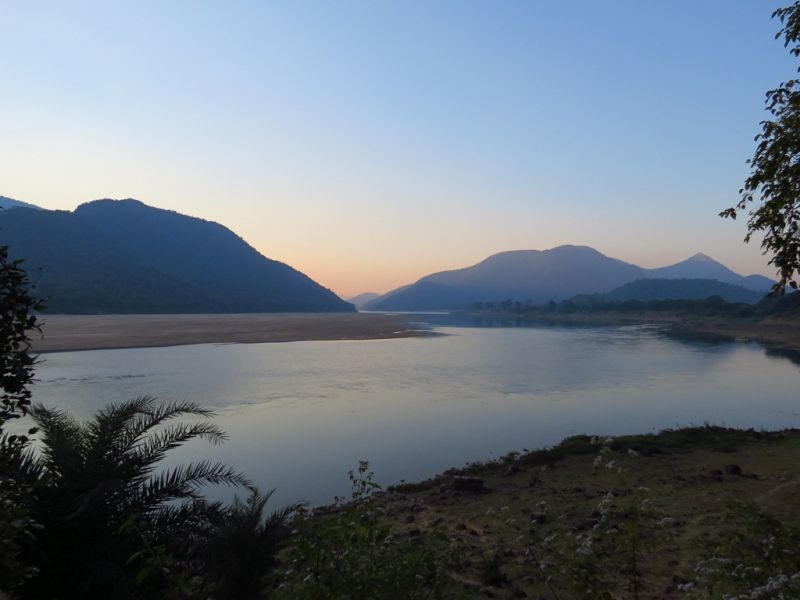
Flowing through the states of Chattisgarh and Odisha, the river- Mahanadi, known for the Hirakud Dam has a total length of 858 km and is one of the most important rivers in East Central India.
In the state of Odisha, Mahanadi is considered to be the most important river. This river flows gradually for about 900 kilometers (560 mi) and deposits more silt than any other river in the Indian subcontinent.
At one time in Indian history, the cities of Cuttack and Sambalpur were prominent trading places in the ancient world. However today the Mahanadi valley is best known for its fertile soil and flourishing agriculture.
8. Kaveri
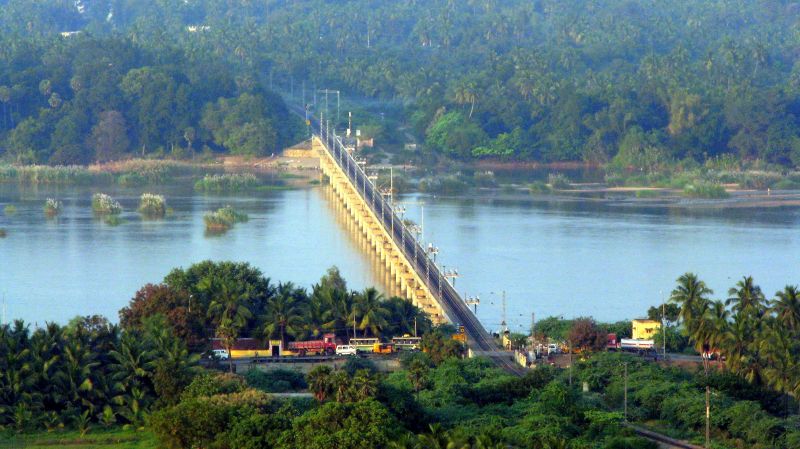
The river Kaveri rises on Brahmagiri Hill of the Western Ghats in southwestern Karnataka state, flows in a southeasterly direction for 475 miles (765 km) through the states of Karnataka and Tamil Nadu, and descends the Eastern Ghats in a series of great falls.
Before emptying into the Bay of Bengal south of Cuddalore, Tamil Nadu, the river breaks into a large number of distributaries forming a wide delta called the “garden of southern India.”Known to devout Hindus as Dakshina Ganga (“The Ganges of the South”), the Kaveri River is celebrated for its scenery and sanctity in Tamil literature, and its entire course is considered holy ground. The river is also important for its irrigation and canal projects.
9. Tapi
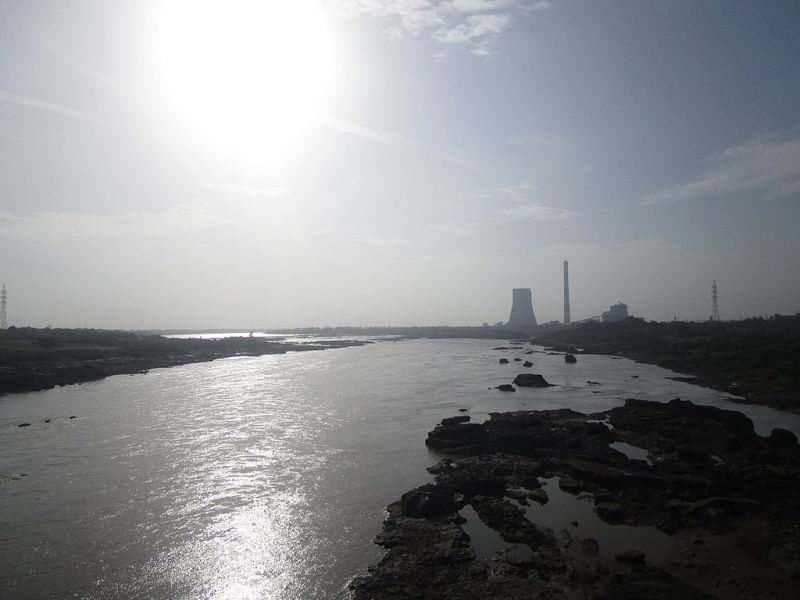
With a length of 724 km, the river Tapi, also known as Tapti, is one of the most important rivers in the Indian subcontinent, rising in the Gawilgarh Hills of the central Deccan plateau in south-central Madhya Pradesh state.
It flows westward between two spurs of the Satpura Range, across the Jalgaon plateau region in Maharashtra state, and through the plain of Surat in Gujarat state to the Gulf of Khambhat.
Although India carries the tag of being the land of ‘seven rivers,’ it would be clear to anyone familiar with the country’s geography that the prolific rivers marking and crossing the Indian terrain are all equally important to the country’s biodiversity, culture, and economy. But with the extensive pollution that they are subjected to, it is high time we start preserving these gifts of the universe.